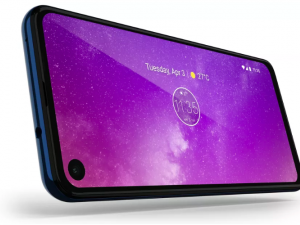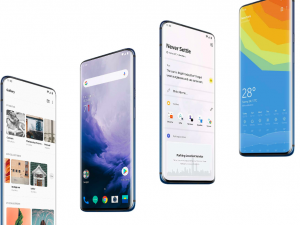What Is Bilateral Wireless Charging And Why Should You Care?
Michael Grothaus 19/02/2019 – 5:38pm
It’s coming to iPhones and Androids this year.
It’s got the least sexy name ever, but bilateral wireless charging is going to change the ways we juice up our devices. But just what is it, exactly?
We all know what wireless charging is. This allows us to place a phone, like the iPhone XR or many different Android devices, on a wireless charging mat to charge it. There’s no need to plug in these phone to a power source to charge it.
Most phones that are capable of wirelessly charging use the Qi standard. Qi is simply the best known wireless charging standard, but there are others.
Bilateral Wireless Charging EXPLAINED
But last year the Mate 20 Pro was one of the first phones on the market to take wireless charging further, with its addition of bilateral wireless charging to the device. Likewise, the upcoming Samsung Galaxy S10 is rumored to include bilateral wireless charging (a screenshot from the leaked video of it in action can be seen in the main article photo above).
And just yesterday, superstar Apple analyst Ming-Chi Kuo said Apple will bring bilateral wireless charging to the iPhone XR and iPhone XS successors this year.
So what does bilateral wireless charging do? It allows a device that is capable of receiving a wireless charging signal to use its integrated tech to transfer its own battery capacity to another device. In other words, phones with bilateral wireless charging built-in can charge other devices wirelessly.
And no, I’m not talking about phones using bilateral wireless charging as a throughput, where the phone needs to be on a charging mat in order to charge a third device through it.
Bilateral wireless charging allows your phone to charge other devices wirelessly on its own–yep, no charging mats needed (sorry, AirPower).

And It's NOT Just For Phones (You Can Do AirPods As Well…)
This is going to be HUGE in the coming years. That’s because, notably, wireless earbuds, such as Apples AirPods, are becoming the norm. These wireless earbuds usually have a wireless charging case that you need to place on a wireless charging mat to charge. Their case can also be plugged into a standard USB-C port to recharge the earbuds.
But what if you are out and about and your earbuds run out of juice and you don’t have a wireless charging mat with you or anywhere to plug it in even if you did? That’s where bilateral wireless charging comes in. Phones that have it will be capable of charging wireless accessories by themselves.
So, the next iPhone will be capable of charging Apple’s next version of its AirPods simply by placing the AirPods in their charging case on top of the iPhone.
This makes using wireless earbuds INSANELY more practical as if they run out of juice during the day you can just transfer some of your phone’s battery power to them to keep them going. Trust me, it will change the user experience with your wireless accessories for the better.
So just because “bilateral wireless charging” sounds like the most boring, hum-drum tech ever, that doesn’t mean it’s not going to radically improve your user experience between your phone and its accessories.




